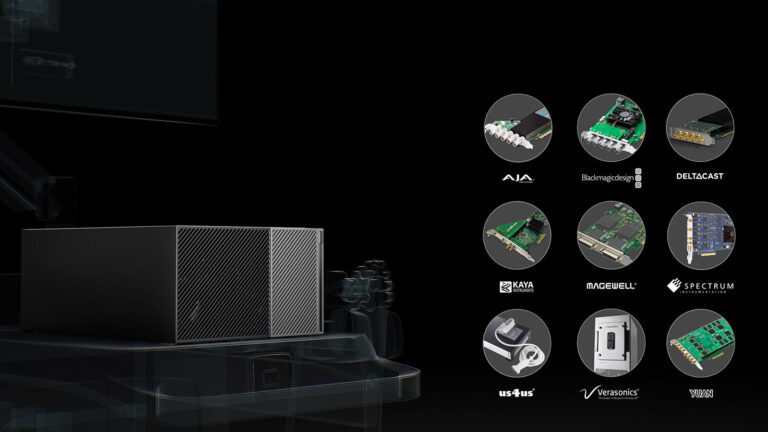 NVIDIA Clara Holoscan offers an expanded selection of third-party interface options for video capture, ultrasound research, data acquisition, and connection to legacy medical devices.
NVIDIA Clara Holoscan offers an expanded selection of third-party interface options for video capture, ultrasound research, data acquisition, and connection to legacy medical devices.
New advances in computation make it possible for medical devices to automatically detect, measure, predict, simulate, map, and guide clinical care teams. NVIDIA Clara Holoscan, the full-stack AI computing platform for medical devices, has added new sensor front-end partners for video capture, ultrasound research, data acquisition, and connection to legacy-medical devices.
Clara Holoscan currently consists of developer kits with an accompanying Clara Holoscan SDK for developing AI models. Announced today at GTC, Clara Holoscan MGX, the medical-grade platform for building software-defined medical devices, will be available in 2023 for production-ready deployment.
With nine front-end partners now supported on Clara Holoscan, medical device developers can add AI capabilities that augment human interpretation, maximize efficiency, and reduce error.
Powering low latency streaming for surgical video applications
NVIDIA has partnered with several leading video capture card manufacturers to provide the software driver support for these cards to be inserted into the PCI Express slots in the Clara AGX and Clara Holoscan Developer Kits. In addition, these capture cards will support the NVIDIA GPUDirect technology, which uses remote direct memory access to transfer video data directly from the capture card to GPU memory.
AJA Video Systems provides high-quality video I/O devices for professional video applications. The Corvid and Kona series of SDI and HDMI video capture cards are supported on Clara Developer Kits. The partnership between NVIDIA and AJA has led to the addition of Clara AGX Developer Kit support in the AJA NTV2 SDK and device drivers as of the NTV2 SDK 16.1 release.
KAYA Instruments offers CoaXPress and CameraLink video capture cards for connecting a wide array of scientific camera solutions and electron microscopes. KAYA Instruments capture cards are supported on the Clara AGX Developer Kit with an upcoming version of the Kaya Instruments driver software.
Deltacast designs and produces a range of cost-effective video capture cards for use in the broadcast video, industrial, aerospace, and medical markets. Deltacast video interface cards support a variety of protocols including 12G-SDI and HDMI 2.0, offering reliability, low latency, and high quality. Deltacast will support the Clara AGX Developer Kit in their upcoming VideoMaster 6.20 SDK and driver software release.
Blackmagic Design is one of the world’s leading innovators and manufacturers of creative video technology. Their DeckLink series of SDI and HDMI video capture cards support resolutions up to 8k. An upcoming release of their desktop video ecosystem, including the DeckLink driver and desktop video SDK, will support the Clara AGX Developer Kit.
YUAN High Tech offers a wide variety of video capture cards for HDMI, SDI, DVI, IP, and analog video. Yuan has over 10 years of experience supporting the medical device industry with their video capture solutions and will support the Clara AGX Developer Kit in an upcoming release of their driver software.
Magewell produces a line of Pro Capture PCIe cards supporting SDI, HDMI, DVI, and analog video formats for reliable, high-quality video applications in broadcast, media, and medical applications. Magewell will support the Clara AGX Developer Kit in an upcoming release of their driver software.
Real time, high-performance compute for ultrasound imaging
Ultrasound imaging is another application where real-time, high-performance compute is crucial at all points in the processing pipeline. The NVIDIA Clara Holoscan SDK can support ultrasound imaging at all stages of the processing pipeline from beamforming to image reconstruction to post-processing and rendering. For developers designing the next generation of software-defined ultrasound devices, NVIDIA has partnered with two leading ultrasound research platform providers for Clara Holoscan.
Ultrasound R&D company us4us provides a range of cost-effective ultrasound front-end research platforms. When connected to the Clara AGX Developer Kit by PCI Express, these can be used to prototype a software-defined ultrasound system. Beamforming, image processing, AI image analysis, and rendering are all done on an NVIDIA GPU.
This provides developers with maximum flexibility in developing, testing, and modifying their processing pipelines, on a platform similar to one they would deploy in a production medical device. Direct access to raw ultrasound data from up to 1024 Tx and up to 256 Rx transducer channels opens up exciting possibilities for AI algorithm development at much higher accuracy and resolution than available from processed video output. See the NVIDIA Ultrasound NGC container for more information.
Verasonics offers the world-leading Vantage ultrasound research platform, a powerful development system offering up to 256 Tx and 256 Rx channels and a long list of features, which can be flexibly configured. The Vantage system operates with the powerful MATLAB scripting environment and connects to the Clara AGX Developer Kit using an Ethernet connection, for maximum flexibility in data connectivity.
Supporting analog data acquisition
Finally, for applications that require analog data, analog waveform generation, or general-purpose I/O, NVIDIA is partnering with Spectrum Instrumentation.
Spectrum Instrumentation produces a diverse range of PCI Express data acquisition cards, offering the Clara AGX Developer Kit the ability to both sample and produce multiple analog signals, interact with medical devices and sensors using simple control signals, or control power relays or other system components.
This rapidly growing interface ecosystem is currently supported on the Clara AGX Developer Kit and will be supported on the future Clara Holoscan Developer Kit. With nine sensor frontends supporting a range of modalities, the Clara Holoscan ecosystem will continue to provide flexibility and speed to sensing instruments.
Access the Clara Holoscan NGC Collection for a growing collection of AI frameworks, reference applications, and AI models built for Clara Developer Kits and medical device development, including containers for streaming video, ultrasound, metagenomics, and dermatology.

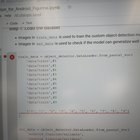

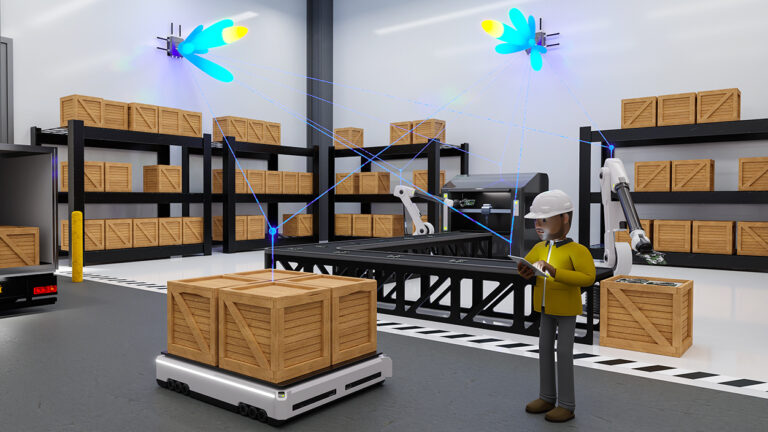 Sionna is a GPU-accelerated open-source library for link-level simulations.
Sionna is a GPU-accelerated open-source library for link-level simulations.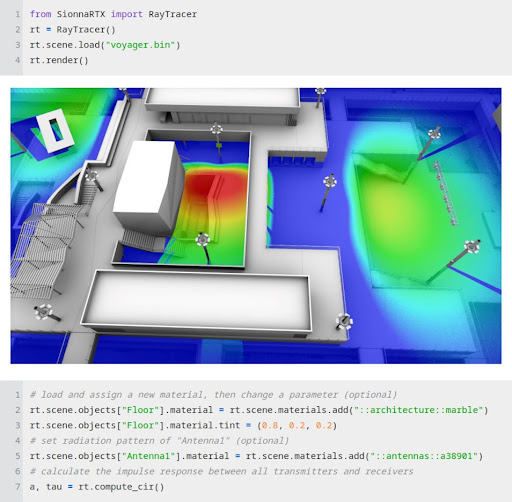
 NVIDIA Clara Holoscan offers an expanded selection of third-party interface options for video capture, ultrasound research, data acquisition, and connection to legacy medical devices.
NVIDIA Clara Holoscan offers an expanded selection of third-party interface options for video capture, ultrasound research, data acquisition, and connection to legacy medical devices.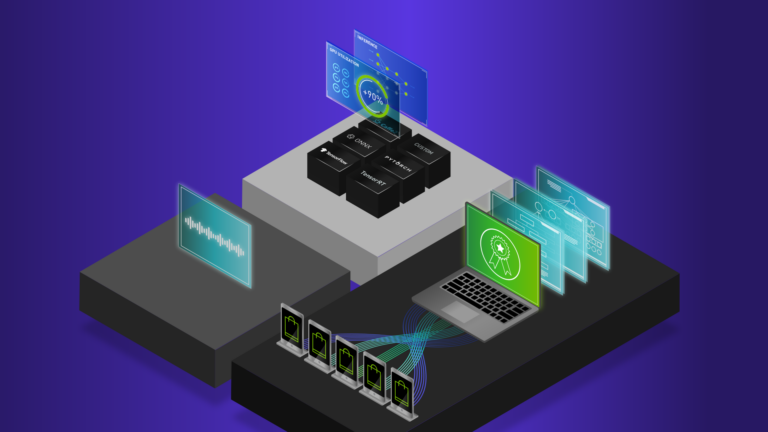 At GTC 2022, NVIDIA announced Riva 2.0, Merlin 1.0, new features to NVIDIA Triton, and more.
At GTC 2022, NVIDIA announced Riva 2.0, Merlin 1.0, new features to NVIDIA Triton, and more.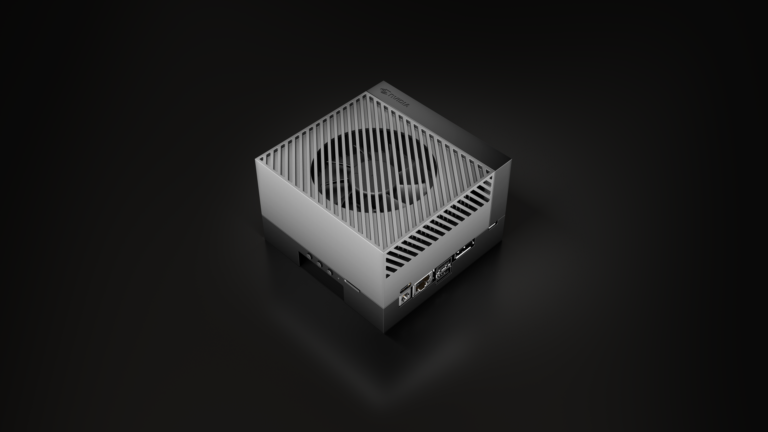 The Jetson AGX Orin Developer Kit offers 8X the performance of the last generation, offering the most powerful AI supercomputer for advanced robotics, and embedded and edge computing.
The Jetson AGX Orin Developer Kit offers 8X the performance of the last generation, offering the most powerful AI supercomputer for advanced robotics, and embedded and edge computing.